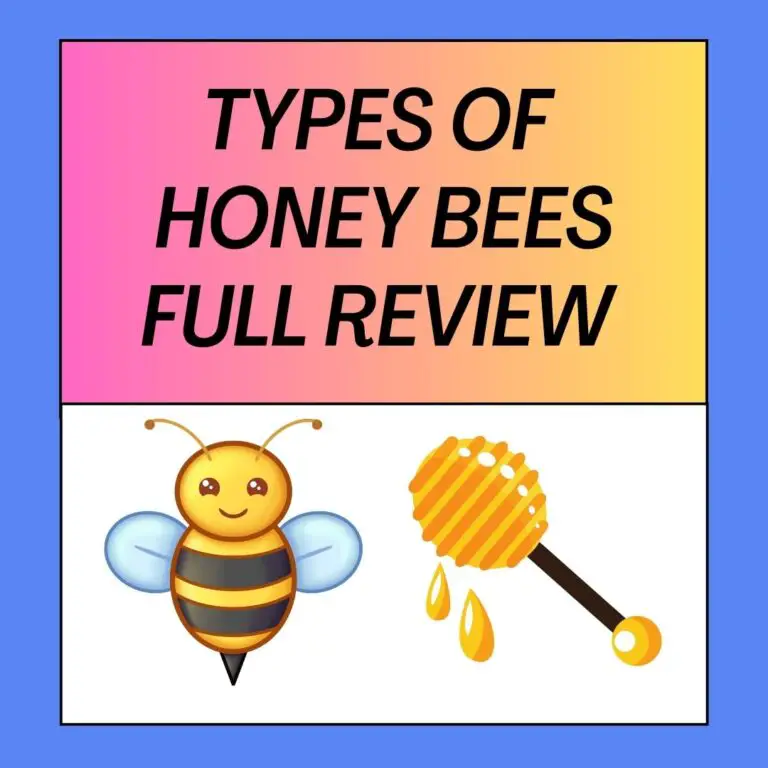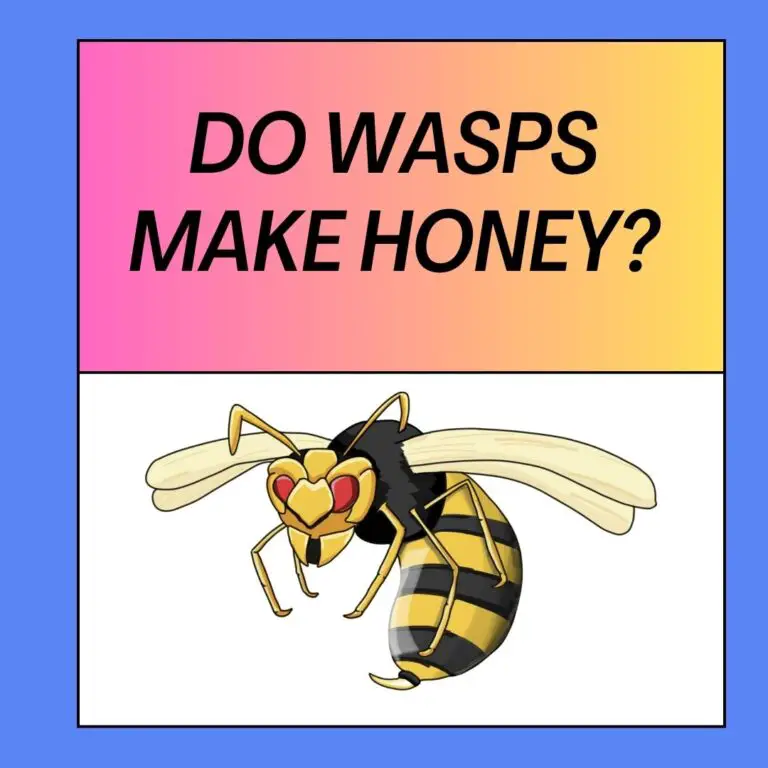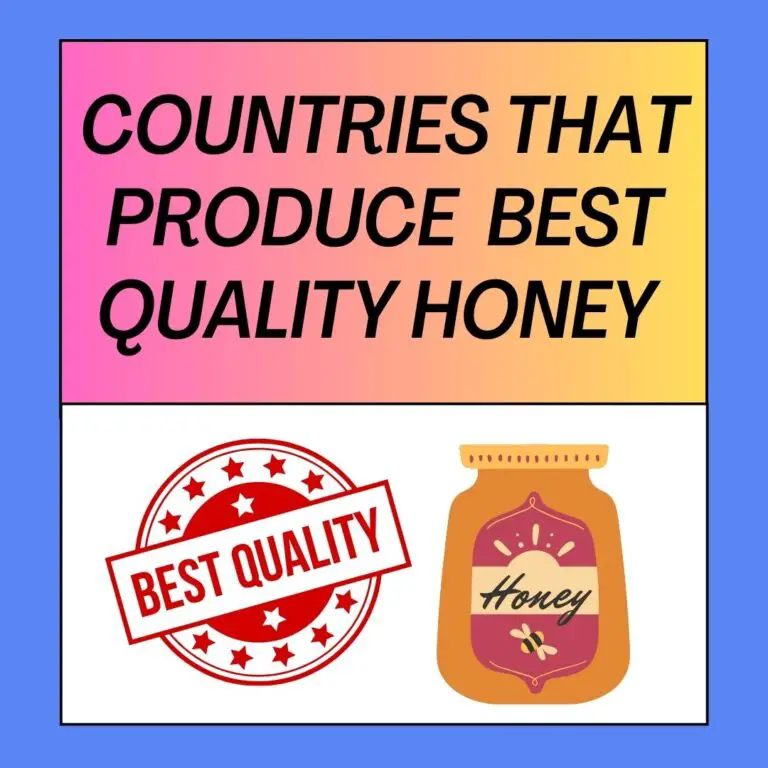
Honey, often referred to as “liquid gold,” has been cherished for centuries for its exquisite taste, natural sweetness, and potential health benefits. Beyond its delectable flavor, honey offers a multitude of therapeutic and culinary uses. However, the purity of honey has come under scrutiny in recent times due to instances of adulteration and contamination. This comprehensive guide aims to shed light on various methods and techniques to test the purity of honey, ensuring that you can enjoy this golden elixir in its unadulterated form.
The Importance of Honey Purity
Honey is not just a delightful addition to your tea or toast; it’s a natural product with numerous health benefits. Pure honey contains essential vitamins, minerals, antioxidants, and enzymes that make it a valuable addition to your diet. It possesses antimicrobial properties, soothes sore throats, and can even aid in wound healing. Therefore, the purity of honey is crucial to fully reap its nutritional and medicinal benefits.
The Scope of Honey Adulteration
Adulteration of honey involves the addition of foreign substances like sugar syrups, high-fructose corn syrup (HFCS), or water to increase the quantity and reduce production costs. Contamination can also occur due to poor handling and processing practices. Detecting these impurities is essential, not only for consumers but also for beekeepers and honey producers who take pride in offering genuine, high-quality honey.
What Constitutes Pure Honey?
Pure honey is a natural sweet substance produced by honeybees from the nectar of flowers. It is collected, modified, and stored in the honeycomb where it undergoes enzymatic changes and moisture reduction. The composition of pure honey is primarily water, natural sugars (glucose and fructose), and a small percentage of other components, such as organic acids, enzymes, vitamins, minerals, and antioxidants. What sets pure honey apart is its absence of adulterants, contaminants, or additives.
Types of Honey
Honey comes in a variety of types, each with its unique flavor, aroma, and color. These variations are due to the specific nectar sources that honeybees forage on. Some common types include:
- Wildflower Honey: Derived from a mix of nectar sources, resulting in a complex flavor profile.
- Clover Honey: Sourced mainly from clover plants, it’s known for its mild, sweet taste.
- Manuka Honey: Produced from the nectar of the Manuka tree in New Zealand, it has reputed medicinal properties.
- Lavender Honey: Infused with the floral notes of lavender blossoms, it offers a delicate and fragrant flavor.
- Acacia Honey: Light and transparent with a mild taste, it’s sourced from the nectar of acacia flowers.
These types of honey can vary in price and availability, but the key to enjoying their distinct flavors and benefits lies in their purity.
These are indeed some simple tests you can perform at home to check the purity of honey. However, as previously mentioned, while these tests can provide some indication, they are not foolproof and may not definitively determine honey purity due to the wide range of natural honey variations. Here’s a bit more detail on these tests:
Testing the purity of honey is essential, as adulterated honey can lack the nutritional and medicinal benefits of pure honey.
10 Methods You Can Use To Test If Honey Is Pure:
- Solubility/Water Test:
- Fill a glass with water.
- Add one tablespoon of honey to the water.
- Pure honey will lump and settle at the bottom of the glass.
- Adulterated or impure honey may dissolve in water or form cloudy, swirling patterns.
- Thumb Test:
- Place a small drop of honey on your thumb.
- Check if it spills or spreads around. Pure honey will stay intact on your thumb.
- If the honey spreads or spills, it may be diluted with water or other substances.
- Paper Towel Test:
- Put a few drops of honey on a paper towel.
- Pure honey will not wet the paper towel and should leave it dry.
- If the paper towel becomes wet or sticky, it may indicate the presence of added moisture.
- Crystallization Test:
- Over time, all honey will crystallize to some extent.
- Pure honey often crystallizes into a thick, grainy texture.
- If honey remains in a liquid state for an extended period, it might be adulterated with syrups or other sweeteners.
- Heating Test:
- Heat a small amount of honey in a microwave or on a stovetop.
- Pure honey will caramelize quickly and not produce bubbles.
- Impure honey may foam or bubble due to added moisture.
- Smell and Taste Test:
- Pure honey has a distinctive aroma and flavor that varies depending on the floral source.
- Adulterated honey may lack or have a weak aroma and an off-flavor.
- Blot Test:
- Place a drop of honey on a paper or blotting paper.
- Pure honey will be absorbed slowly and not spread much, while impure honey may spread quickly.
- Vinegar Test:
- Mix a few drops of honey with vinegar.
- If the mixture foams or creates bubbles, it may indicate adulteration because pure honey does not react significantly with vinegar.
- Freezing Test: Pure honey has a low freezing point, so it can become partially solid or crystallize at cold temperatures. However, it does not freeze in the same way as water. Crystallization is a natural process and does not harm the honey.
- Label and Source Verification:
- Check the honey’s label for information about its source, such as the type of flowers the bees visited.
- Buy honey from reputable sources or local beekeepers known for producing pure honey.
Remember that some commercial honey undergoes ultrafiltration, which removes pollen, making verifying the honey’s origin through microscopic analysis challenging. While these tests can provide insights into honey purity, a combination of several methods is often the most effective way to test if honey is pure.
Advanced Techniques for Honey Purity Testing
- Isotope Ratio Mass Spectrometry (IRMS)Isotope Ratio Mass Spectrometry (IRMS) is an advanced analytical technique that measures the isotopic composition of honey. Each honey source, such as different floral varieties, has a unique isotopic signature. IRMS can detect adulteration by identifying variations in isotopic ratios, revealing the honey’s botanical and geographical origin.
- Nuclear Magnetic Resonance (NMR) SpectroscopyNMR spectroscopy is a non-destructive method that provides detailed information about honey composition. It can detect sugar syrup adulteration and assess honey’s authenticity. NMR can identify various sugar types, such as fructose, glucose, and sucrose, to reveal adulteration.
- Liquid Chromatography (HPLC)High-Performance Liquid Chromatography (HPLC) is a powerful technique for separating and quantifying components in honey. It can detect adulterants like sugar syrups, starch, and antibiotics. HPLC offers high sensitivity and specificity in honey analysis, making it a valuable tool for quality control.
Regulations and Standards for Honey Purity
- Global Honey RegulationsVarious international bodies and organizations have established guidelines and regulations to ensure honey purity. The Codex Alimentarius, developed by the Food and Agriculture Organization (FAO) and the World Health Organization (WHO), sets international standards for honey quality and labeling. The International Honey Commission (IHC) further promotes honey quality and research.
- Regional and National StandardsDifferent countries and regions have their own honey standards and regulations. For example, the European Union (EU) has the Honey Directive, which defines honey quality and authenticity criteria. The United States has established standards for grades of extracted honey, ensuring transparency and consumer protection.
The Role of Beekeepers in Ensuring Honey Purity
- Best Practices for BeekeepersBeekeepers play a crucial role in maintaining honey purity. They must follow best practices in hive management, honey harvesting, and processing. This includes providing bees with a clean and healthy environment, using proper extraction techniques, and avoiding contamination during processing.
- Honey Harvesting and ProcessingProper honey harvesting and processing techniques are essential to preserve honey purity. Beekeepers should use clean equipment, avoid overheating during extraction, and prevent honey from coming into contact with foreign substances. Timely and careful processing helps maintain honey’s natural qualities.
Common Honey Adulterants and Contaminants
- High-Fructose Corn SyrupHigh-fructose corn syrup (HFCS) is one of the most common adulterants in honey. It is a cheaper sweetener that resembles honey’s sugar composition. Detecting HFCS in honey involves advanced laboratory methods due to its similarity to natural honey sugars.
- Sugar SyrupsVarious sugar syrups, such as cane sugar syrup and rice syrup, are used to adulterate honey. These syrups can be challenging to detect, especially when mixed with natural honey.
- Honey DilutionHoney dilution involves adding water to honey to increase volume. Diluted honey may have lower sugar content and altered taste and texture. Detecting dilution often requires laboratory testing.
- Antibiotics and Chemical ResiduesSome honey may contain residues of antibiotics used in beekeeping for disease control. Monitoring and eliminating these residues are crucial to ensure honey purity and consumer safety.
The Consequences of Impure Honey
- Health RisksImpure honey may pose health risks, especially when contaminated with antibiotics or foreign substances. Allergic reactions, gastrointestinal issues, and infant botulism are potential health concerns associated with adulterated honey.
- Economic ImpactThe beekeeping industry and honey market face economic challenges due to honey adulteration. Genuine beekeepers and honey producers may suffer financial losses, while fraudulent practices disrupt market integrity.
- Erosion of Consumer TrustAdulteration erodes consumer trust in honey products. Consumers expect pure and high-quality honey, and discovering impurities can lead to skepticism and reduced demand. Rebuilding trust in honey products is a complex and essential process.
Detecting Adulteration in Commercial Honey
- Consumer TipsEducating consumers on how to identify pure honey is essential. Tips include examining labels, understanding quality certifications, and assessing sensory characteristics like taste and aroma.
- Reading LabelsUnderstanding honey labels and certifications can help consumers make informed choices. Recognizing quality marks and verifying the honey’s origin are key aspects of label evaluation.
- Trusted BrandsConsumers can rely on reputable honey brands known for their commitment to quality and purity. Researching and choosing trusted brands reduces the risk of purchasing adulterated honey.
Conclusion
- The Significance of Pure HoneyPure honey is more than a sweetener; it is a natural treasure with numerous health benefits and cultural importance. Its authenticity and quality are paramount for consumers, beekeepers, and the honey industry.
- Collective ResponsibilityEnsuring honey purity is a collective responsibility. Beekeepers, regulators, and consumers must collaborate to protect the integrity of this precious product. By adhering to standards, practicing transparency, and staying informed, we can enjoy the goodness of pure honey for generations to come.
Q1: Why is pure honey important?
Pure honey is essential because it retains all its natural nutritional and medicinal properties. It contains antioxidants, vitamins, and minerals that can benefit health. Adulterated honey may lack these qualities and could even contain harmful substances.
Q2: How can I tell if my honey is pure at home?
There are several home tests to check honey purity, including the water test, thumb test, vinegar test, flame test, paper test, and crystallization test. While these tests can provide some insights, advanced laboratory methods offer more accurate results.
Q3: What are some signs of adulterated honey?
Adulterated honey may exhibit signs like excessive sweetness, unusual flavors, rapid crystallization, or a lack of aroma. These signs can indicate the presence of added sweeteners or dilution.
Q4: Can I trust honey labels that claim to be “pure” or “natural”?
Not necessarily. Honey labels can be misleading. Look for certifications from reputable organizations or trusted brands known for their commitment to quality and purity.
Q5: Are there any health risks associated with impure honey?
Yes, impure honey may pose health risks. It could contain residues of antibiotics or harmful substances. Consumption of adulterated honey might lead to allergic reactions, gastrointestinal issues, or other health problems.
Q6: What should I do if I suspect my honey is adulterated?
If you suspect honey adulteration, contact your local food safety authorities and report the issue. They can conduct further investigations to protect consumers and ensure product integrity.
Q7: Can pure honey crystallize?
Yes, pure honey can crystallize over time. This is a natural process and doesn’t necessarily indicate adulteration. To return crystallized honey to its liquid state, gently warm it by placing the container in warm water.
Q8: Are there any specific honey varieties less likely to be adulterated?
Honey varieties with unique characteristics, such as Manuka honey or monofloral honey, are often less likely to be adulterated due to their distinctive properties. However, it’s essential to purchase from reputable sources.
Q9: What should I look for in honey packaging to ensure purity?
Check honey packaging for information about the honey’s origin, certifications, and any quality marks. Transparent labeling and source traceability are indicators of a reputable product.
Q10: Can laboratory tests detect all types of honey adulteration?
Laboratory tests, like NMR spectroscopy and HPLC, are powerful tools for detecting a wide range of adulterants. However, the effectiveness of these tests depends on the sophistication of the adulteration. Some adulterants may still be challenging to detect.
Is your Honey pure or adulterated? To determine if honey is pure or adulterated, you can perform various tests, including the water test, thumb test, vinegar test, flame test, paper test, and crystallization test. However, for a more accurate assessment, consider sending a sample to a reputable laboratory for professional testing.
What does 100% pure honey look like? Pure honey typically has a clear or slightly cloudy appearance. It may vary in color from pale yellow to dark amber, depending on the floral source. It should not have any visible particles, sediment, or impurities.
Is pure honey runny? Pure honey can vary in viscosity, ranging from runny to thick, depending on factors such as temperature and floral source. It may become thicker and more viscous when stored at cooler temperatures.
What is the taste of pure honey? The taste of pure honey can vary widely based on the nectar source. It may have floral, fruity, or herbal notes. It should be sweet with complex flavors and aromas. There should be no off-flavors or unusual tastes.
Does 100% pure honey expire? Pure honey has a virtually indefinite shelf life if stored properly. Archaeologists have found jars of honey in ancient Egyptian tombs that are thousands of years old and still perfectly edible. However, honey may crystallize over time, which is a natural process and does not indicate spoilage. To return crystallized honey to a liquid state, gently warm it.
Should real honey be dark or light? The color of pure honey can vary depending on the floral source. Some honeys are light in color (e.g., clover honey), while others are dark (e.g., buckwheat honey). The color is not necessarily an indicator of purity but rather the type of flowers visited by the bees.
What does real honey smell like? Real honey typically has a pleasant, sweet aroma that can vary based on the floral source. It may have floral, fruity, or herbal notes. The scent should be inviting and not unpleasant.
What does real honey look like in water? When you add a drop of real honey to water, it should remain intact and not disperse or dissolve immediately. It may slowly sink to the bottom of the glass or remain suspended, depending on its viscosity.
Can we heat pure honey? Yes, you can gently heat pure honey. Use a warm water bath or microwave it in short intervals on low power to avoid overheating. Excessive heat can degrade the quality of honey, so it’s best to use minimal heat when necessary.






